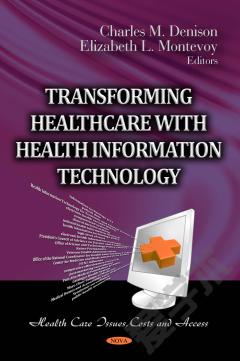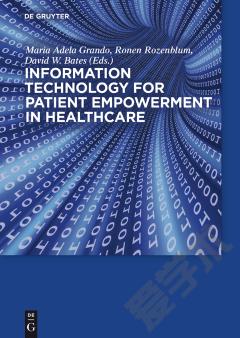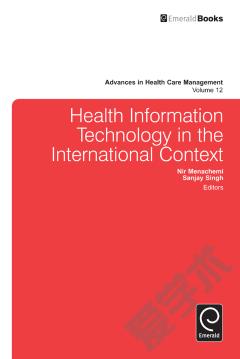Information and Communication Technologies in Healthcare
As the population ages and healthcare costs continue to soar, the focus of the nation and the healthcare industry turns to reducing costs and making the delivery process more efficient. Demonstrating how improvements in information systems can lead to improved patient care, Information and Communication Technologies in Healthcare explains how to create a holistic Medical Records System as a core component to addressing the issues affecting the U.S. healthcare system. Examining the impact of our aging population on healthcare, the book describes the range of systems that support key segments of the industry, including: hospitals, physicians, imaging, and nursing. It considers patient records, the physicians office, emerging home-monitoring networks, the recording and information submitting process, and hospice/nursing home use. Leaving no stone unturned, this reference investigates: Healthcare technology Healthcare data standards Healthcare information exchange Legal and regulatory issues Electronic medical records Usability by patients and physicians Security and privacy Healthcare facility planning Emerging media and healthcare The book includes a case study that illustrates the human factors behind the implementation of technology. Following the principle that data should be captured only once, stored in a repository, and then made available throughout the medical system, this is the ideal starting point for those looking to improve the effectiveness and cost efficiencies of the healthcare system.
{{comment.content}}








 京公网安备 11010802027623号
京公网安备 11010802027623号